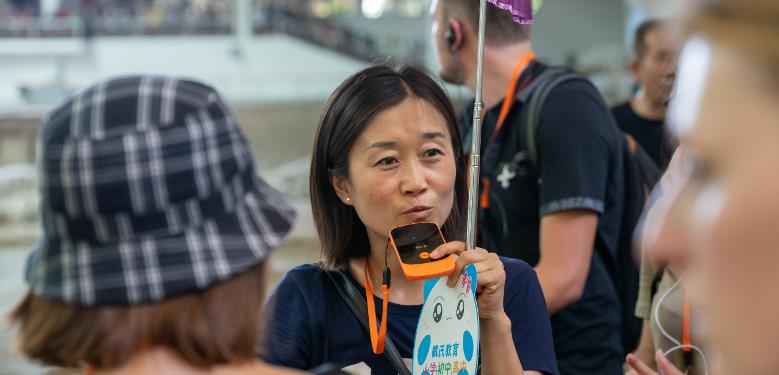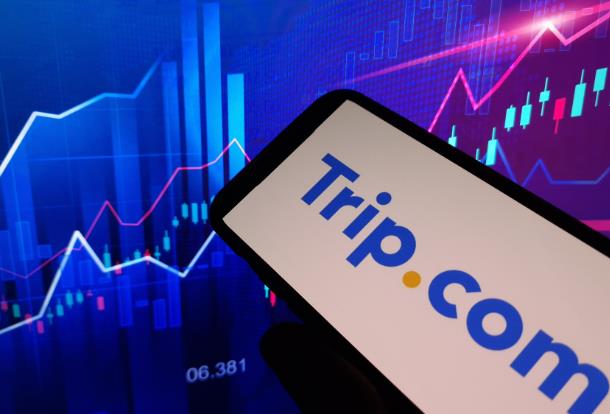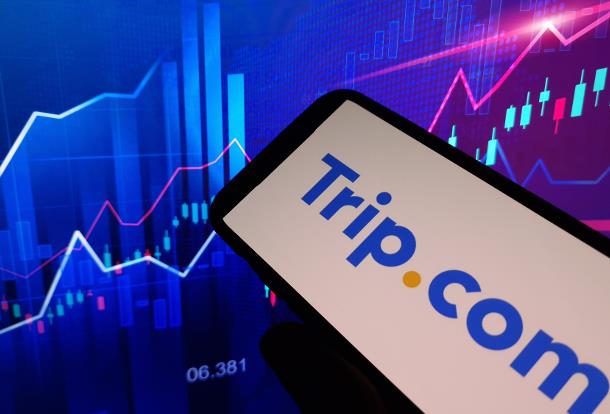
Last year, “China travel” went viral on global social media, fueling a surge in inbound tourism that continues today.
According to China’s National Immigration Administration, this year’s May Day holiday saw 1.115 million foreign entries and exits—a 43.1% increase from the same period last year.
As a result, foreign-language tour guides have become highly sought-after in the travel industry.
In addition to higher service fees, generous tips from foreign tourists—especially for less common languages—can bring in tens of thousands of yuan per month. This lucrative prospect has attracted a wave of highly-educated newcomers, including top university graduates, overseas returnees, and even former employees from China’s tech giants.
However, many veteran inbound tour operators are unhappy with these new entrants, accusing them of “disrupting the market”:
Traditionally, guide service fees ranged between RMB 300 to 500 per day (about USD 41.6 to 69.4). Now, many new entrants offer services at the bottom of that range, intensifying price competition and, according to insiders, creating “market chaos.”
But how are these newcomers—some with limited English proficiency—managing to take on inbound guiding roles?
The key lies in translation technology.
For instance, Sichuan province has introduced various smart devices, like real-time translation earpieces for niche languages, to support inbound tourism.
Shenzhen is promoting AI translators at tourist attractions, turning them into “personal guides” for foreign visitors.
In Shanghai’s Xuhui District, every municipal tourist information center is now equipped with iFlytek translation devices, effectively eliminating language barriers.




